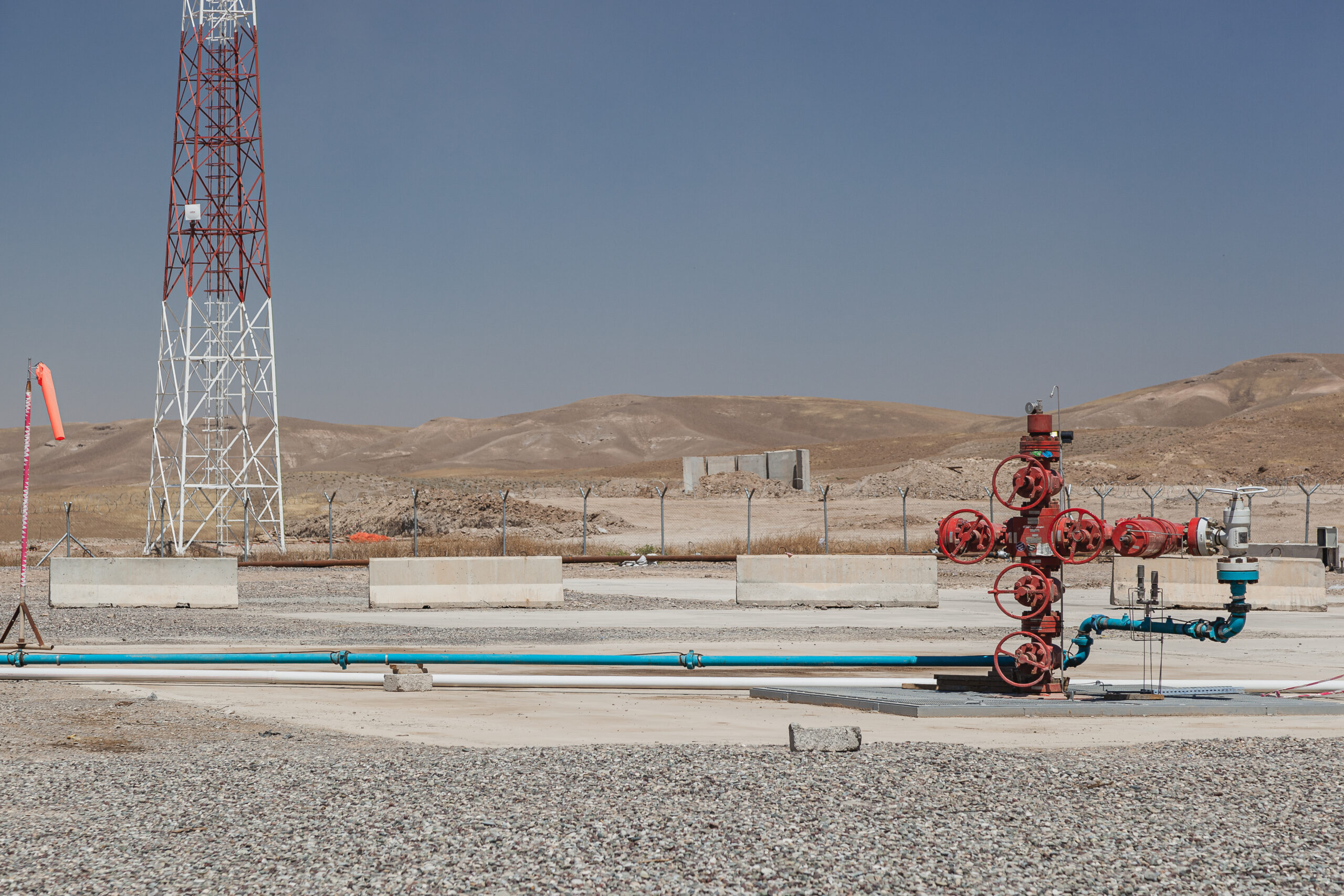Middle East tensions rise after Iran gas pipelines burst
The Iran gas pipeline attacks point to escalating tensions in the region.

Iran’s natural gas pipelines were attacked last month, disrupting flows to the provinces of Chaharmaha-Bakhtiari and Fars, according to reports in Iranian news media.
Although Iran is not a significant international gas player, owing to its embargoed status in Europe and further afield, it does export gas to neighbouring countries including Turkey. The pipelines are connected to the domestic Iranian market, primarily supplying homes with gas for cooking and heating purposes.
The attack points to escalating tensions in the region, which have been rising since Israel’s retaliatory campaign on Palestine after the Oct. 7th attacks by Iran-backed militia group Hamas. Sources from Iran’s Revolutionary Guards Corp have blamed Israel for the attacks according to the New York Times, but Iran’s oil minister has not made this claim publically.
“Israel has historically displayed its willingness to strike deeply within the borders of regional foes, especially energy sector assets, such as with Iran and Syria, in terms of what was alleged to be embryonic nuclear weapons programs,” Justin Dargin, an Energy and Middle East Scholar at the University of Oxford, told Gas Outlook.
In the past, Israel has launched attacks on Iranian military bases and has also targeted its nuclear and oil services sectors, but directly targeting key domestic energy infrastructure would be a new and more serious development. Iran can no doubt repair the damage done, but the significance of the attack may leave residue.
“The strike sends a potent signal that Israel possesses the capability to conduct strategically significant and extensive attacks on key Iranian industries, hinting at potential future actions,” Dargin said. “The attack in Iran carries immense symbolic weight, not only causing material damage but also dealing a blow to the pride of Iranian security services.”
Indeed, the attacks understood in the wider context of the region point to escalating chaos with scant signs of resolve. With an election fast-looming in the U.S., the driving forces in the regional conflict are Israel and Iran, the latter of which is sending funds to various militias in the region, including Hezbollah in Lebanon and the Houthi militia in Yemen.
A Middle-East-based analyst who preferred not to be named told Gas Outlook that the Israeli government may feel it has a window of opportunity to attack Iran before it develops a nuclear bomb and while public support for retaliation remains high in the aftermath of Oct. 7th. On the other hand, if Iran has not yet developed a nuclear bomb, it may be biding time and maintaining actions at “medium-level” intensity as a means to destabilise the region and maintain its proxy conflicts, the analyst said.
Dargin said that there is unlikely to be eagerness for a full-scale conflict, given the internal challenges of each of the countries in question, but the risk of “miscalculation” is still high, since each action prompts calls for responses.
“In the end, while each side continues to signal its strength, there is a potential for overcorrection, setting the stage for a broader conflict,” Dargin said.
The security developments are taking place as Iran and other authoritarian governments increasingly shift away from the West economically. Iran has been under some form of sanctions since 1979. Nearly ten years ago there were promising signs that Iran would enter into a new relationship with the U.S. as Barack Obama removed the crippling sanctions, only for them to be swiftly reinstated by Donald Trump some months later.
Economic disarray
Since then, Iran has torpedoed further into economic disarray, with sky-high inflation, the human flight of economic migrants overseas, and rising discontent among the younger Iranian population. A resolution between Iran and the West seems further away than ever.
“We are entering a new “bipolar” world where you have one [trading] entity that is Iran-Russia-North Korea and China, where Iran will find enough clients through oil and military weapons,” the analyst said. “There are two economic blocks that are less interrelated and are growing – the last two links are China and the West, which are still trading.”
What’s happening in the Red Sea can be viewed as an extension of Iran’s reaction against the West, as Houthi militia has stated that it is primarily attacking U.S. and British ships. The Red Sea shipping crisis has been going on since late November and has caused more than a five-fold increase in some of the global shipping rates, according to JP Morgan.
“The houthis are historically well hidden and difficult to dislodge and disconnect from their weapons and missiles,” the analyst told Gas Outlook. “This is a new global order we are living in, I’m not very positive and believe all these new conflicts are linked.”
In the medium-term, overflow impacts, such as the Red Sea shipping crisis, could be prolonged and potentially spill over into the cost of living crisis, as prices for imported goods increase with shipping prices as vessels take longer routes around, JP Morgan analysis states. A resolution would likely result in a return to lower prices fairly swiftly, but as yet there are no major solutions tabled.



